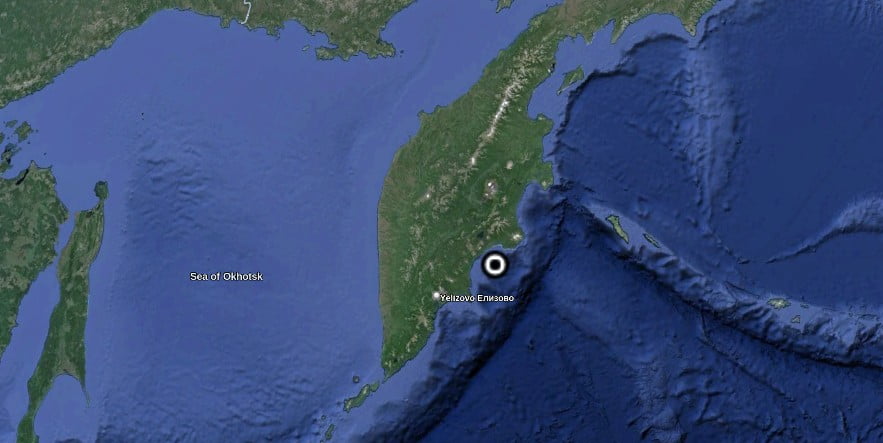Toxic algae bloom behind massive marine die-off in Russia’s Kamchatka

A toxic algae bloom has been found to be responsible for the massive die-off of marine creatures off Russia’s Kamchatka, Environment Minister Dmitry Kobylkin confirmed Friday, October 23, 2020. The mysterious pollution was first reported by local surfers in September, who suffered health issues and chemical burns. In mid-October, 95 percent of seabed animals have been found dead off the coast, leading to theories that it was caused by harmful, manmade chemicals.
“It was the toxicity of the algae,” Kobylkin said, noting that the die-off was not caused by a man-made disaster.
He added that it was unclear why the algae bloom had led to so much damage to the waters around the peninsula, and authorities were still trying to identify what triggered the bloom, as well as the reduction in oxygen levels in the water.
The pollution had affected a 40 km (25 miles) swath, scientists said. Environmental activists who visited the site said they discovered yellowish foam on the sea surface.
A criminal case has been opened over the incident, in which the initial findings did not reveal higher-than-normal levels of manmade pollution, such as an oil spill.
On Friday, the investigative committee confirmed in a statement that the mass death has been caused by toxic phytoplankton.
Andrei Adiyanov, vice president of the Russian Academy of Sciences, explained that after studying thousands of water samples, the presence of toxins from a single-celled organism called dinoflagellate was found.
“We can say that the mass death of benthic aquatic organisms occurred as a result of exposure to toxins from a complex of species of the genus Karenia, a representative of dinoflagellates.”
Mikhail Kirpichnikov, head of Moscow State University’s department of bioengineering, said groupings of plankton were seen drifting northward toward Chukotka, before shifting to the south to the shores of Kamchatka. These microscopic organisms fed the toxic algae bloom.
Svetlana Radionova, a representative of the Kamchatka division of Rosprirodnazor, Russia’s environmental oversight agency, also backed the findings.
“To date, we have conducted almost five thousand studies, taken hundreds of samples, and all these studies indicate that we do not see a pronounced man-made impact on the habitat of aquatic organisms,” she told Russian media.
The booms can last from days to months. After the organism dies, the microbes that decompose the dead algae take up more oxygen, which could result in die-offs of marine creatures.
The mysterious pollution was first brought to light by local surfers in September. They reported suffering eye problems and apparent chemical burns. In mid-October, up to 95 percent of seabed creatures were found dead, including sea urchins, octopi, seals, and starfish.
Featured image credit: TW

articles suggesting a link to fertilizers:
Warming and eutrophication combine to restructure diatoms and dinoflagellates
October 2017Water Research 128
DOI: 10.1016/j.watres.2017.10.051
Project: National Key R&D Program of China (No. 2016YFA0601201)
Effects of fertilizers used in agricultural fields on algal blooms
Chakraborty, Subhendu; Tiwari, P. K.; Sasmal, S. K.; Misra, A. K.; Chattopadhyay, Joydev